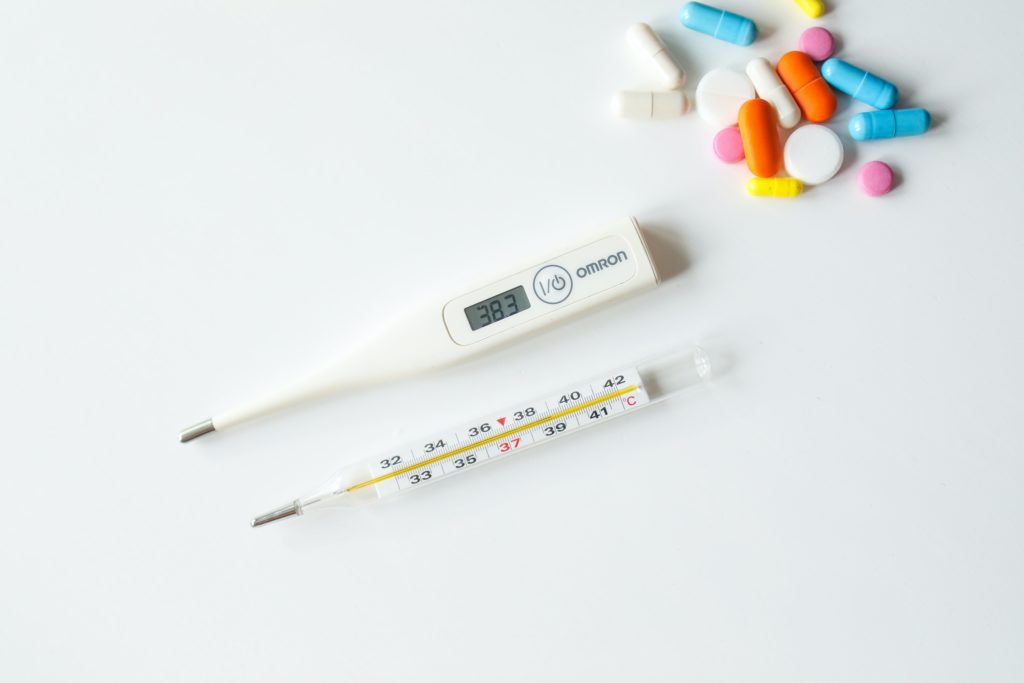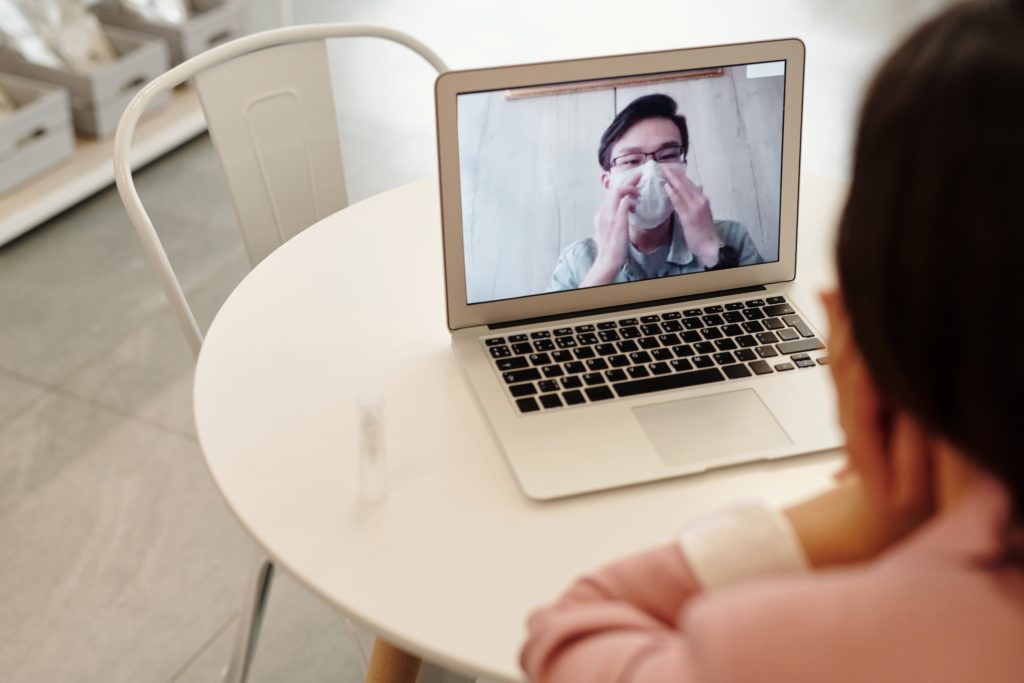Coronavirus Action Plan – Retail
This is a sample Coronavirus Action Plan. It is not meant to be exhaustive or construed as legal advice. Consult additional insurance and/or legal counsel for professional advice. Please modify this action plan to meet your business needs, taking all relevant federal, state and local compliance requirements into account. The coronavirus (COVID-19) outbreak has impacted businesses across a variety of industries, forcing them to rethink their daily operations to ensure the safety of their employees and the general public. This is no different for retail operations, where multiple workers may come into contact with innumerable customers visiting the store throughout the workday. In these instances, just one misstep can lead to the quick spread of COVID-19, jeopardizing the well-being of workers. To help slow the spread of COVID-19 and safeguard our staff, has created an action plan for responding to COVID-19. This plan, which is based on Centers for Disease Control and Prevention (CDC) and Occupational Safety and Health Administration (OSHA) guidance, highlights the responsibilities of managers and employees, and outlines the steps is taking to address COVID-19. RESPONSIBILITIES When it comes to ensuring a safe workplace during the COVID-19 outbreak, both managers and employees have their role to play. The following is a breakdown of the responsibilities for leadership and staff. Managers and Supervisors Leadership, including managers and supervisors, should familiarize themselves with the details of the action plan. Above all, leadership must be prepared to answer questions from employees and set a good example by adhering to the guidance prescribed in the plan. This involves practicing social distancing and good personal hygiene. Employees Employees play a critical role in ’s COVID-19 prevention efforts. To protect everyone in the store, has a number of general best practices employees should follow: Understand the signs and symptoms of COVID-19, and stay home if you are feeling sick—Any employee who is experiencing symptoms of COVID-19 (e.g., fever, cough, shortness of breath, sore throat, runny nose, body aches, chills or fatigue) should stay home. Individuals experiencing such symptoms should also be instructed to consult guidance from the CDC on seeking medical care. Practice good hygiene—Employees should clean their hands often, either with an alcohol-based hand sanitizer or soap and water. Hand sanitizers should contain at least 60%-95% alcohol, and employees should wash their hands with soap for at least 20 seconds. In addition, employees should avoid touching their face and cough into their arm. Practice social distancing—Social distancing is the practice of deliberately increasing the physical space between people to avoid spreading illness. For specific employee safety protocols, click here. Pandemic Response Team The pandemic response team is a cross-functional team that recommends and oversees workplace protocols to control the spread of COVID-19. The team will include the following roles: Store manager—[Insert name of individual or department] is responsible for the store’s overall action plan. [Insert name of individual or department] is responsible for working with company stakeholders and relevant health and safety bodies to manage this action plan. Virus prevention and protocols lead—[Insert name of individual or department] is responsible for recommending and developing protocols to ensure the wellness of all employees. They are also tasked with overseeing procedures for isolating employees should they become sick at work. Sanitization and disinfection lead—[Insert name of individual or department] manages logistics related to daily and periodic sanitation and disinfection efforts. Their responsibilities include ensuring that routine cleanings are completed and that the necessary cleaning supplies are readily available. Communication lead—[Insert name of individual or department] is tasked with managing any and all pandemic-related communications. They will work with human resources and internal communication stakeholders to ensure COVID-19 training is completed and that employees and their managers understand their role in preventing the spread of the disease. [Insert name of individual or department] will provide COVID-19 related updates on a [Insert frequency] basis and as needed. STORE OPERATION PROTOCOLS In order to keep staff safe and prevent the spread of COVID-19, requires the following workplace protective measures: General Safety Policies Employees and customers who exhibit signs or symptoms of COVID-19 will be asked to leave the store. Access to handwashing stations and alcohol-based hand sanitizers will be provided to employees. [Insert details] Protective barriers will be installed at checkout locations and to promote employee and customer safety. [Insert details] Employees can voice concerns COVID-19 concerns by [Insert details]. Travel will be limited for multi-store personnel. [Insert details] may decrease open business hours to perform more frequent cleanings.[Insert details] will limit the number of customers allowed in our store at any one time to [Insert details. Take state and local rules into account]. In order to protect staff when working around customers, may provide: Gloves—Employees may contract COVID-19 by touching contaminated surfaces and then touching their face. Gloves are an effective way to prevent COVID-19 from getting on an employee’s skin. They are also a good reminder for employees not to touch their face. Face masks—Viruses can be transmitted through the mouth via tiny viral particles known as aerosols. Face masks can help protect employees from these particles. Protocols for Workers To ensure safety at stores, employees will be asked to: Notify their supervisor and stay home if they are experiencing COVID-19 symptoms (e.g., fever, cough or shortness of breath). Stagger lunches to limit the number of individuals congregating in break areas. may divide crews to reduce the number of workers in the store at a given time. Limit close contact with others, maintaining a distance of at least 6 feet when possible. Workers are encouraged to remind customers to maintain at least 6 feet of distance from workers and other customers. Above all, avoid job tasks that require face-to-face contact with others where possible. If this is unavoidable, employees will be provided with face masks, physical barriers and other workplace controls to ensure their safety. Wear face masks where other social distancing measures are difficult to maintain. Refrain from sharing equipment. In instances where this is unavoidable, will provide alcohol-based wipes and other
Coronavirus Action Plan – Retail Read More »











